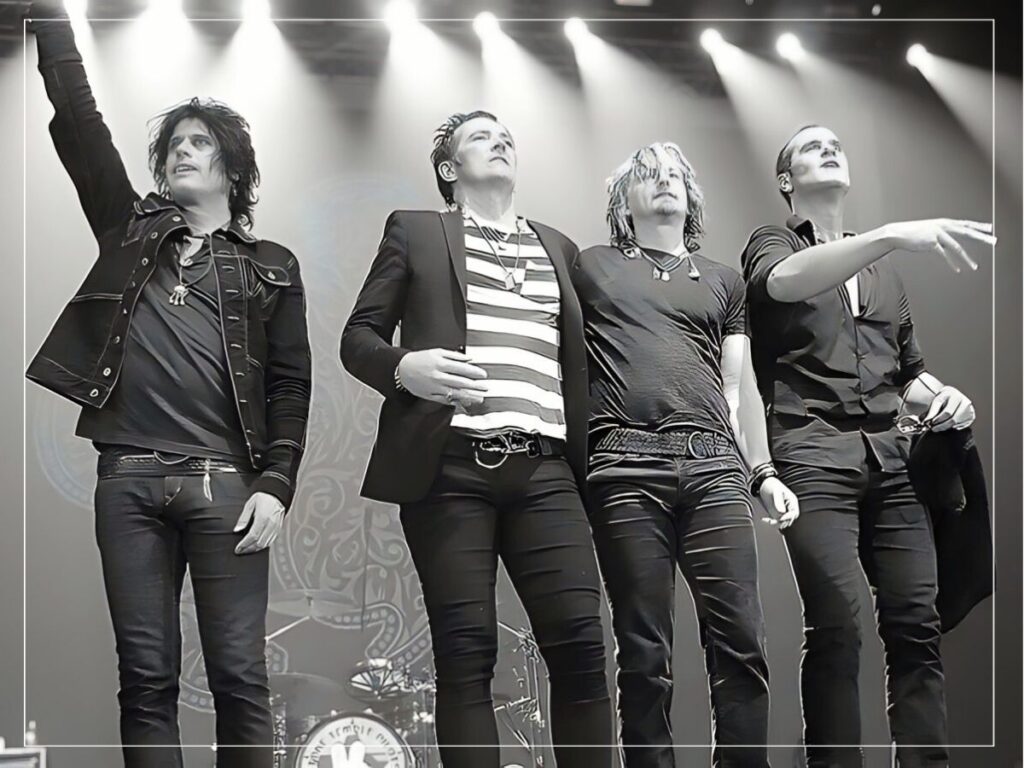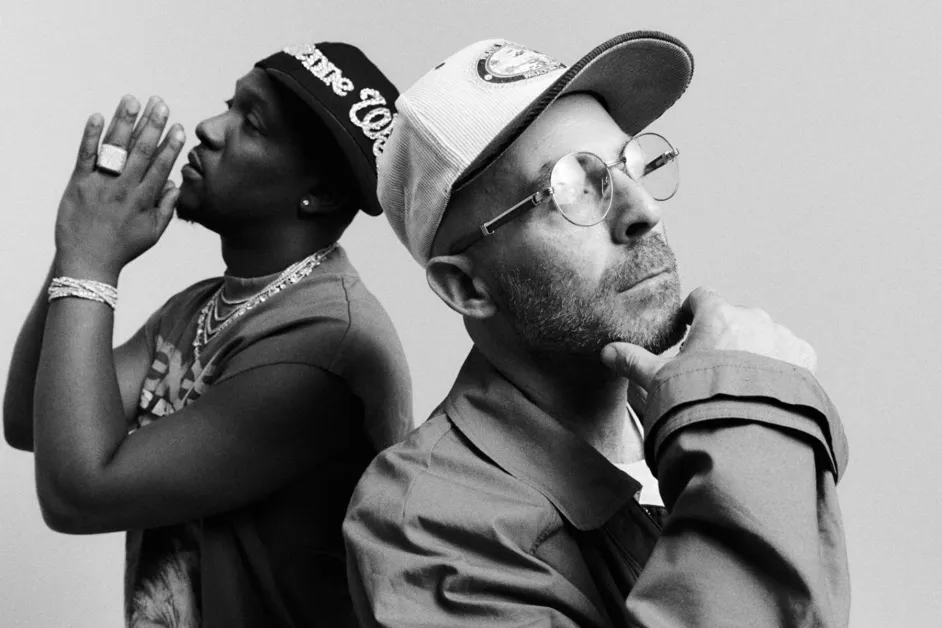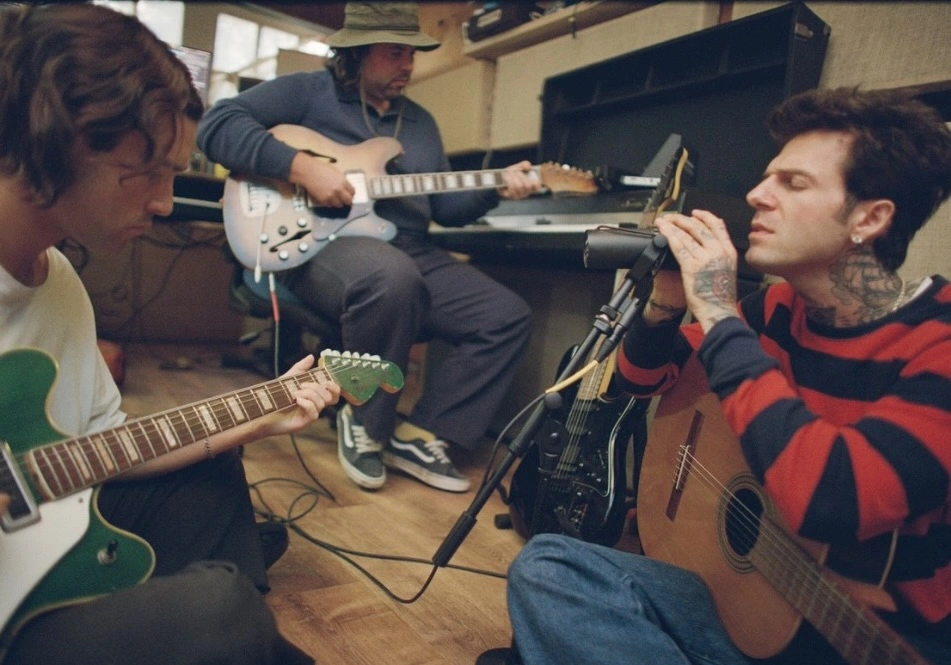Stone Temple Pilots (STP) often find themselves lumped into the grunge conversation, but their place in the narrative has always been a contentious one. Despite being one of the most successful bands of the 1990s, they’ve frequently been dismissed as grunge copycats or latecomers capitalizing on the post-Nirvana buzz. However, a closer look reveals a band that was not only unique in their approach but also more sonically diverse and musically adventurous than many of their contemporaries.
The Origins of the Grunge Label and the STP Dilemma
Grunge, as a genre, was less about a specific sound and more about a shared cultural sensibility emanating from the Pacific Northwest. The music was marked by a rawness that channeled punk’s defiance, metal’s heaviness, and pop’s accessibility. Seattle bands like Nirvana, Pearl Jam, and Soundgarden shared a DIY ethos and disdain for the gloss of mainstream rock, which made them resonate with an audience disillusioned by the excess of ‘80s hair metal.
However, when grunge was christened as a genre by media outlets like Rolling Stone and MTV, it became a catch-all term, not just for the Seattle sound but for any band that combined distorted guitars, angst-ridden lyrics, and introspective themes. Stone Temple Pilots, hailing from San Diego, entered the scene with their 1992 debut Core, a record that featured murky guitars, sludgy tempos, and Scott Weiland’s brooding vocals—a combination that made them a perfect fit for the newly anointed grunge movement. But unlike their Seattle peers, STP were seen as outsiders, not sharing the geographical or cultural roots that gave birth to grunge.
The backlash came swiftly. Critics were quick to deride STP as a band cashing in on a trend, a sentiment that grew stronger as their debut album became a commercial juggernaut. Core spawned multiple radio hits, including “Sex Type Thing” and “Plush,” but the success seemed to cement STP as mere imitators in the eyes of purists. It was almost as if their very existence challenged the sanctity of grunge’s origin story. Yet the truth is that STP’s debut was only superficially grunge; beneath the distortion and dark themes lay a band that was blending rock’s many subgenres to create something distinct.
The Case for STP’s Uniqueness
If we dismiss the idea of grunge as a rigid genre and instead view it as a loose amalgamation of influences, the argument that STP didn’t belong starts to unravel. For one, STP’s sound always hinted at a wider musical palette than their Seattle counterparts. The band incorporated elements of glam rock, psychedelia, and even classic rock into their music, blending them seamlessly in ways that bands like Pearl Jam or Nirvana never attempted. Listen to a song like “Creep” from Core, and you’ll find a melancholic tune that owes more to David Bowie’s introspection than to the disillusionment of punk.
On their sophomore album, Purple (1994), STP ventured even further afield, crafting a record that balanced their heavier side with moments of quiet introspection and ethereal textures. The album’s standout track, “Interstate Love Song,” was a masterclass in melodic rock, a far cry from the abrasiveness typically associated with grunge. Meanwhile, songs like “Big Empty” and “Pretty Penny” showed a band willing to experiment with acoustic arrangements and vocal harmonies.
This stylistic divergence is precisely what set STP apart. Unlike many grunge bands who eschewed the idea of musical virtuosity, STP embraced it. Dean DeLeo’s guitar work was rooted in the meticulousness of Jimmy Page rather than the raw simplicity of Kurt Cobain. The band’s rhythm section, led by Robert DeLeo and Eric Kretz, often veered into jazz-inspired syncopations, lending songs like “Vasoline” a rhythmic complexity that belied their radio-friendly nature. Scott Weiland, despite being often accused of vocal mimicry, possessed a chameleonic quality that allowed him to adapt to the band’s ever-evolving soundscape. His voice could be deep and gravelly one moment, ethereal and soaring the next—a versatility that most of his peers lacked.
Riding Coattails or Expanding the Playbook?
The notion that STP rode the coattails of grunge to success is a lazy narrative that ignores the broader landscape of early ‘90s alternative rock. While it’s true that their music fit comfortably within the era’s heavier, angst-ridden aesthetic, STP never limited themselves to that box. “Tiny Music… Songs from the Vatican Gift Shop” (1996) saw the band taking a hard left turn into Beatles-esque psychedelia and jangly pop-rock. Tracks like “Lady Picture Show” and “Big Bang Baby” were irreverent and playful, standing in stark contrast to the brooding seriousness of grunge purists.
The fact that STP could pivot so effortlessly between styles is a testament to their ambition and breadth of influence. They were not content to be pigeonholed as grunge; rather, they used the genre as a springboard to explore new sonic territories. That they were often penalized for this exploration speaks more to the rigidity of genre labels than to any deficiency in their artistry.
To understand why STP has often been misunderstood, one must consider the broader context of how grunge has been historicized. The mythos of grunge has been tightly woven around the idea of Seattle as an insular community, a scene that produced bands with a shared ethos and sound. This narrative left little room for outsiders like STP, who were not only geographically distant but also musically distinct. By the time grunge began to wane in the mid-‘90s, bands like STP, who had achieved commercial success but never fully integrated into the scene, were cast aside as anomalies.
Yet, in hindsight, STP’s outsider status is precisely what makes them so compelling. They were never bound by the unwritten rules of the genre, and this freedom allowed them to experiment, to evolve, and to ultimately outlast many of the bands they were unfairly compared to. Today, Stone Temple Pilots are remembered not as grunge’s most successful impostors but as one of the era’s most versatile and creatively restless bands.
To label Stone Temple Pilots as mere grunge stragglers is to do them a disservice. While they emerged during the genre’s heyday and shared some superficial traits with their Seattle contemporaries, they were always more than a grunge band. Their willingness to explore different genres, combined with a sophisticated sense of melody and musicianship, made them a band that stood out—not because they were late to the game, but because they were playing an entirely different one. In the end, their true legacy lies not in their adherence to a genre, but in their transcendence of it.
No comments yet.








